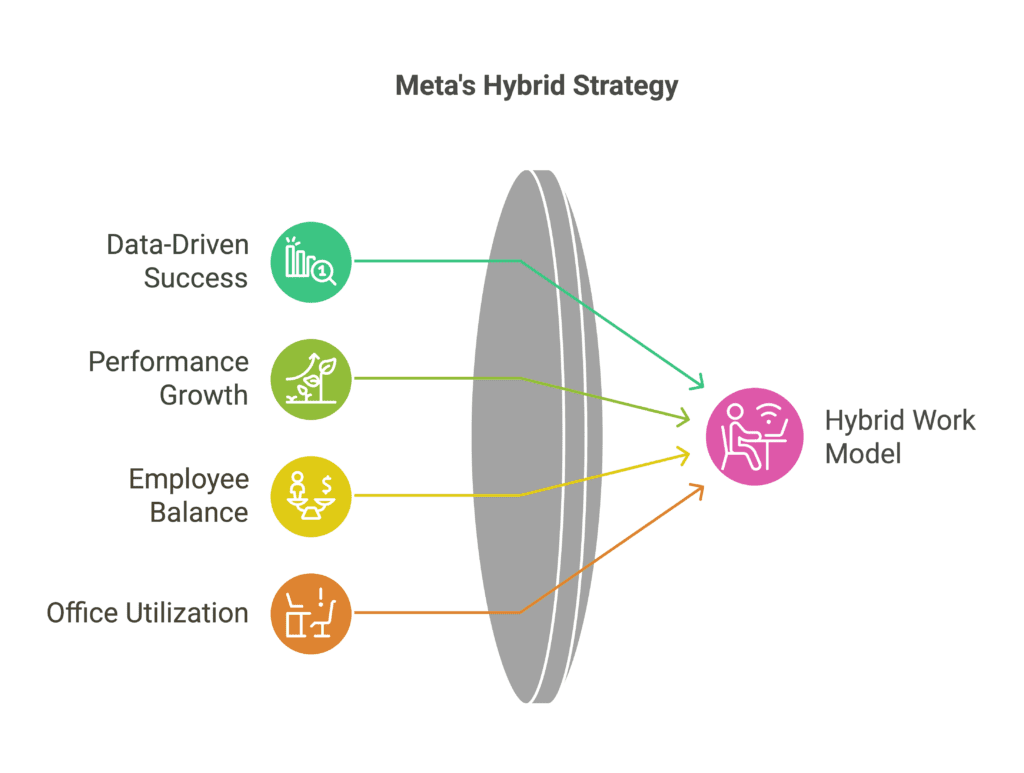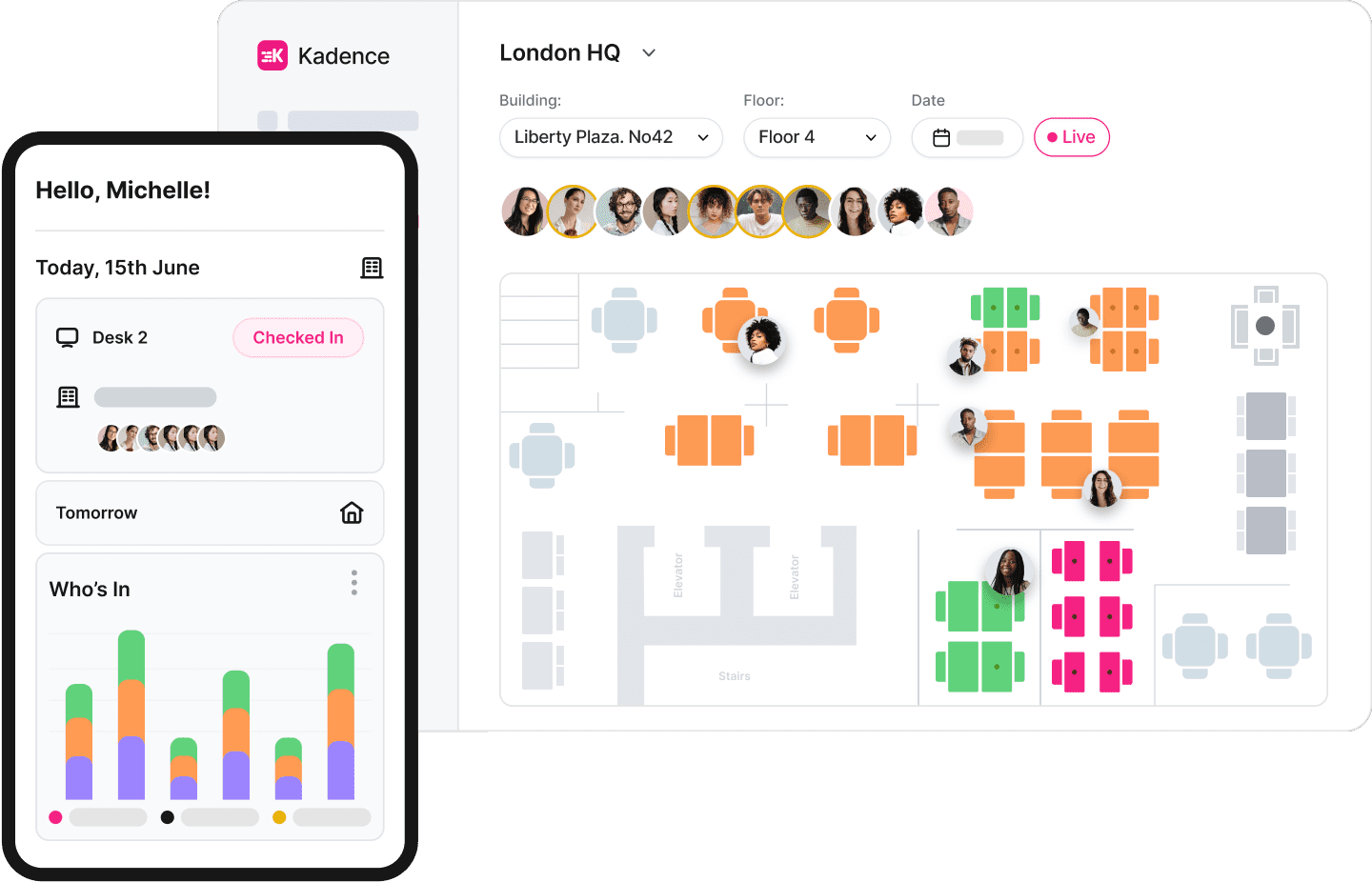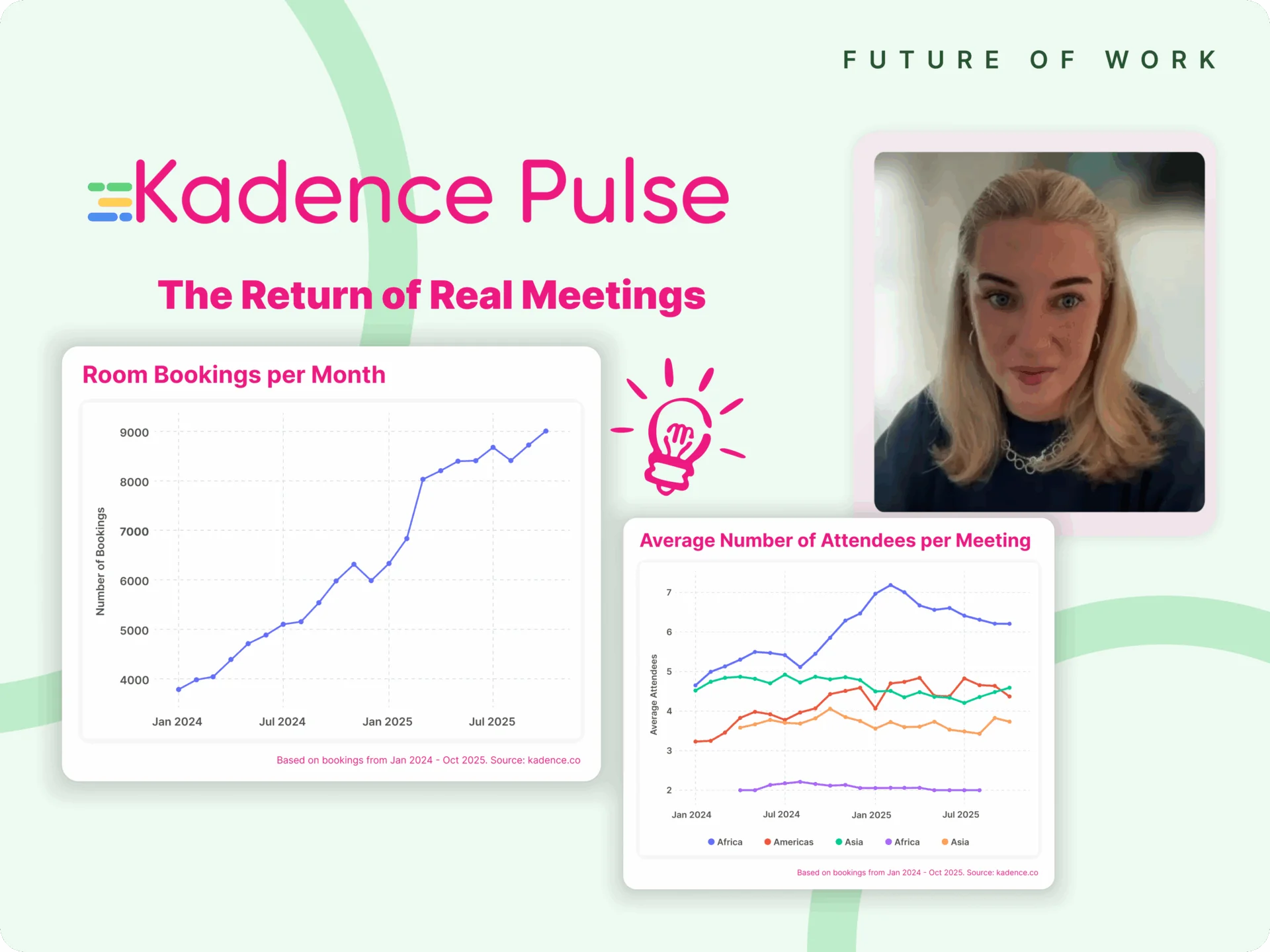After years of debate over remote vs. office work, Meta has made its decision: hybrid is here to stay. CEO Mark Zuckerberg recently confirmed that there will be no changes to the company’s return-to-office (RTO) policy—a significant move at a time when many companies are still tightening their grip on in-office attendance.
Zuckerberg delivered the statement at a Q&A with staff. His response was met with applause. The message is clear: hybrid isn’t an experiment anymore. It’s a proven model.
The Productivity Question: Answered
For years, companies have gone back and forth on whether hybrid work hurts productivity. But Meta’s stance suggests they’ve seen enough data to know: performance isn’t suffering. If it were, they wouldn’t hesitate to change course.
We’ve seen companies like Amazon and Google dial up their office requirements, while others (like Zoom, ironically) have walked back their remote policies. But Meta? They’re holding the line at hybrid. Employees are still required to be in the office three days a week, but beyond that, flexibility remains.
Why? Because it’s working. The data backs this up. A recent study found that 85% of business leaders struggle to trust that employees are productive in hybrid setups. But the numbers tell a different story: 61% of those surveyed reported improved productivity thanks to hybrid arrangements.
The reality? Productivity isn’t about physical presence—it’s about giving people autonomy and the right tools to succeed. Employees are coming in when they need to, collaboration is happening, and the company isn’t seeing a productivity drop that would justify forcing people back five days a week. Employees are coming in when they need to, collaboration is happening, and the company isn’t seeing a productivity drop that would justify forcing people back five days a week.
Simply put: hybrid has passed the performance test.
The Real-World Data Backs It Up
At Kadence, we track how teams actually use hybrid work, and here’s what the numbers show:
- Two days in the office is still the most common pattern, but…
- Attendance is creeping up, with the average now between two and three days per week.
- Three days could soon become the new normal—not because companies are forcing it, but because it’s proving to be the sweet spot for productivity and collaboration.
Why? Because when hybrid is done right, it gives employees flexibility without sacrificing performance. A structured three-day office rhythm helps teams coordinate their in-person days, making collaboration more intentional and effective.
It’s about effectively deploying a hybrid strategy. That means ensuring teams have clear guidelines on when and how to collaborate, leveraging smart scheduling tools, and designing office spaces that make in-person time more productive and engaging. Companies that succeed with hybrid aren’t just offering flexibility; they’re actively shaping an environment where both business performance and employee satisfaction thrive.

What Meta’s Move Tells Us About The Future Of Work
Meta’s decision to hold steady on hybrid work isn’t just about keeping employees happy—it’s a clear signal that flexibility and performance aren’t mutually exclusive.
Other companies should take note. If a business as large and complex as Meta can maintain strong performance under hybrid, then the argument that “people must be in the office to be productive” holds less weight.
Here’s what we’re seeing:
- Hybrid work doesn’t just work—it works well. Meta wouldn’t keep this model if it wasn’t delivering results.
- Mandates aren’t necessary when performance is strong. The companies pushing for full-time office returns are often the ones struggling to measure (or trust) productivity.
- The market is settling on three office days as the ideal hybrid structure. It balances team collaboration with focused work and gives employees enough flexibility to avoid burnout.

Some Final Thoughts
For years, the debate around remote vs. office work has been framed as a trade-off: flexibility vs. productivity, autonomy vs. control. But the companies sticking with hybrid—Meta included—are showing that it’s not a compromise. It’s an advantage.
Hybrid isn’t just something employees want. It’s something that works. And that’s why companies that measure success by results—not by attendance—are keeping it.
For businesses still wrestling with their RTO strategy, the question isn’t “Should we allow hybrid work?” It’s “Are we measuring success in the right way?” Because if performance is strong, why change something that’s already working?
Book a demo with one of our hybrid experts today to see how we can help boost your company’s performance.




